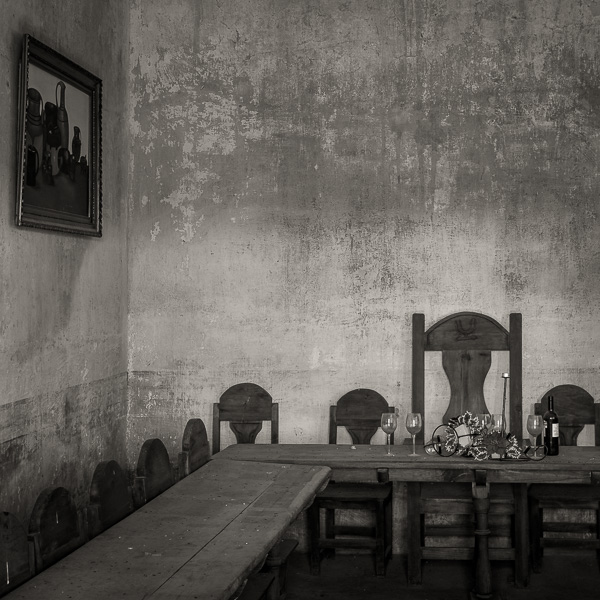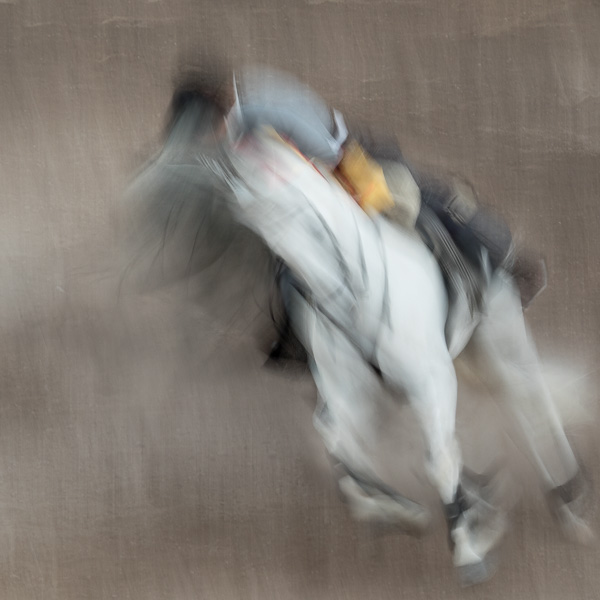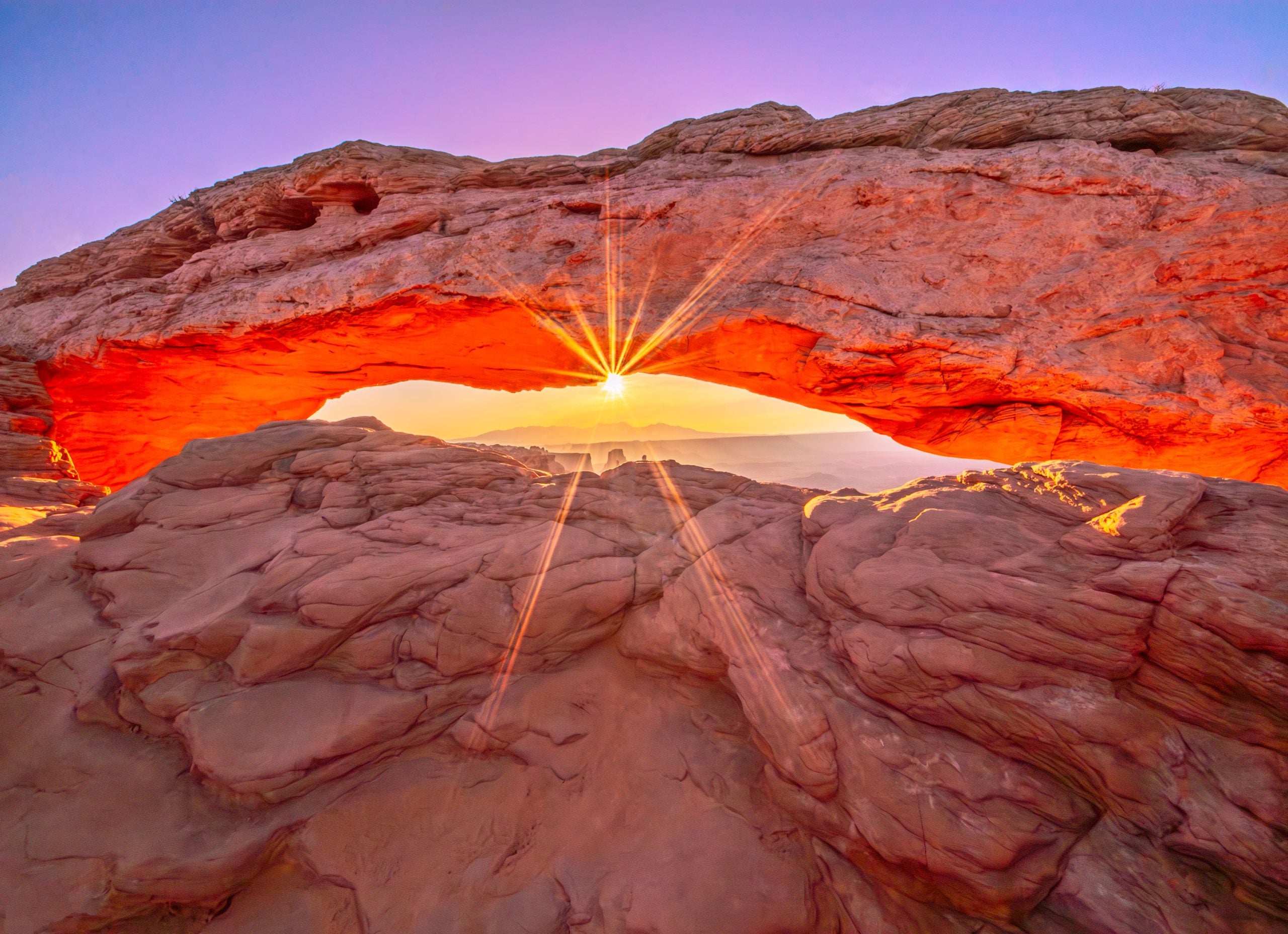A Weekly Series of Critical Essays By
Mike Johnston
The Importance of Working-Method Goals
Scratch most any photographer and you’ll find a cameraholic. Some photographers claim to hate cameras, and some love them so much that photography itself becomes a sidelight.
Most cameraholics have:
a) more cameras than we need
b) lots of catalogues floating around the house, wending their inexorable way to the top of the toilet
c) more knowledge about cameras we don’t own than seems sensible, or
d) recurrent fantasies about one or more extremely expensive pieces of equipment that we don’t own, but would love to.
Or, in extreme cases, all of the above.
So when photographers talk about photography, on the Internet or elsewhere, the conversation always seems to center around equipment and techniques. This makes sense. We’re all veteran shoppers, and none of us are ever quite satisfied with the equipment we already own. And our fellow photographers are the only ones who understand this. Spouses, who otherwise make good companions, don’t understand.
But there’s one thing that’s even more important to our photography that we seldom discuss: working methods.
Your working method might be loosely described as your conceptual approach to a project or to your work, coupled with the process or sequence you use to go from releasing the shutter button to arriving at the finished state of the picture or pictures.
Lee Friedlander, back when he used 35mm, used to make prints as he went along and throw them into boxes labeled according to preconceived ideas‚ pictures of memorial statues, say, or of graffiti. Later, presumably when a fair number of candidates had accumulated, the pictures in any particular box would be edited down and printed as monograph books‚ smaller and more modest books earlier in his career, larger and more lavish ones later on.
National Geographic photographers, at least in the old days, used to go to their subject locations either several times or for long periods of time or both, and shoot several hundred rolls of slides‚ more was preferable to fewer, and 600 rolls was once quoted to me as an average‚ which would then be edited by picture editors with little or no input from the photographer.
On one project, Joel Meyerowitz got the idea of doing portraits of redheaded people on beaches. With his darkcloth draped across one shoulder and his 8×10 Deardorff‚ its tripod legs folded together but left extended‚ resting across that, he’d prowl the beaches looking for likely subjects. To help convince people he wasn’t a kook, he’d carry along a copy of his bookCape Lightin a brown Kraft-paper grocery bag.
Roughly speaking, these are working methods. You get an idea in your head, one way or another; you go about shooting one way or another, usually using a consistent technique you think is appropriate; you gather and winnow the work one way or another; and you decide on a method of crafting or presenting the result.
It’s a pretty important aspect of creating photographs. So why don’t we talk about it more?
My guess is simply because there’s both too much to talk about and also not enough. To really search through working methods and learn what works and what doesn’t, what’s amenable to your visual interests and what’s not, what you have access to, and what you have the skills or the time and patience to shoot, is a formidably involved subject. I know this because in three years of art school my teachers and classmates and I probably spent more time on this aspect of artistic creation than any other.
Yet at the same time, it’s not a great subject for casual conversation. Beyond telling an internet photo-buddy how you go about working, there isn’t a whole lot more to say. We all have different way of thinking about things, different assumptions about what’s worth taking pictures of, and different ideas about how finished work should look. With our friends, we’re generally interested, in a detached sort of way, but too polite to be critical. It’s easier to talk about a new camera, or what you want to buy next.
Despite all this, working method goals can really expand your interests and revitalize your enthusiasm. Next time you find yourself poking around in a catalogue idly imagining some hypothetical camera outfit or other, why not take a few minutes and jot down a few ideas you’d like to challenge yourself with‚ even if they’re just learning experiences? Here are a few examples.
Work to take a good picture in a place that’s not normally considered a good place to take pictures, such as a grocery store or a car dealership.
If you seldom shoot a lot of film, force yourself to shoot a lot more than your usual quota in a limited amount of time. If two rolls a month is typical, try six rolls in three hours. Conversely, if you’re a heavy shooter, go out for a three-hour walk in a favorite location with only twelve exposures‚ or, if you’re a view camera photographer, two sheets. I once made my students cut a short length of 35mm film in the dark, lay it across the film gate of their cameras, and close the back. They had all day to shoot that single frame of film, but then they had to develop it by hand in a tray‚ and get graded on the result. It’s quite a different experience from snapping happily away.
Try making a book. Get an album from your camera store, invent an idea, and create a coherent group of pictures. I’ll give you a hint about finding the right idea: it sometimes works better if you bite oflessthan you think you can chew, rather than the opposite. If you don’t normally work this way, it can be surprisingly difficult. And who knows, you might also find it’s really fun.
Pick a kind of technical foible you generally hate and force yourself to create a good picture using that effect. For instance, if you hate flare, force yourself to make an interesting picture shooting against the light; if you like everything in the frame to be sharp, see if you can take a picture you like with only one small area in focus.
Deliberately take a hundred pictures of things you honestly believe won’t result in good pictures. With most of them you’ll probably be right, but I’ll bet the exceptions will surprise you.
Another mind-expanding exercise is to pick a type of photography that leaves you cold and see if you can mimic it. I never got over the time I tried this with Lee Friedlander’s work. Initially, I disliked it because I didn’t understand it. After working really hard to try to make ten pictures in his style, however, I was changed forever. My pictures still don’t look much like his, but I’ve appreciated his work ever since.
Shoot a kind of subject that’s as far outside of your comfort zone as you can imagine. For instance, if you like abstract landscapes, shoot a kindergarten class on a zoo outing. If you love bright colors, find some nearly monochromatic subjects to shoot in color.
To sharpen your editing skills, shoot a single subject exhaustively‚ really excessively‚ and force yourself to pick one, and only one, picture. Make the editing process as involved as you can‚ make sure you look carefully at every frame, narrow down the candidates slowly, ask other people for input, and put workprints up so you can live with them for a few days or weeks to see which one has "legs" (staying power) for you. Then, present that single picture as well as you know how.
This small list is just a bare-bones beginning. But you get the idea. Why not see what you can come up with? Who knows, maybe you’ll manage to distract yourself from spending time mulling over brochures.
© Mike Johnston 2002
Mike Johnstonwrites and publishes an independent quarterly ink-on-paper magazine calledThe 37th Framefor people who are really "into" photography. His book,The Empirical Photographer, is scheduled to be published in 2003.
You can read more about Mike and findadditional articlesthat he has written for this site, as well as aSunday Morning Index.
Read this story and all the best stories on The Luminous Landscape
The author has made this story available to Luminous Landscape members only. Upgrade to get instant access to this story and other benefits available only to members.
Why choose us?
Luminous-Landscape is a membership site. Our website contains over 5300 articles on almost every topic, camera, lens and printer you can imagine. Our membership model is simple, just $2 a month ($24.00 USD a year). This $24 gains you access to a wealth of information including all our past and future video tutorials on such topics as Lightroom, Capture One, Printing, file management and dozens of interviews and travel videos.
- New Articles every few days
- All original content found nowhere else on the web
- No Pop Up Google Sense ads – Our advertisers are photo related
- Download/stream video to any device
- NEW videos monthly
- Top well-known photographer contributors
- Posts from industry leaders
- Speciality Photography Workshops
- Mobile device scalable
- Exclusive video interviews
- Special vendor offers for members
- Hands On Product reviews
- FREE – User Forum. One of the most read user forums on the internet
- Access to our community Buy and Sell pages; for members only.













